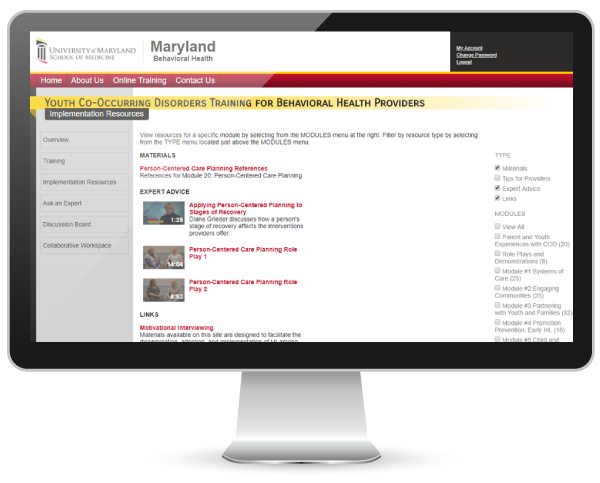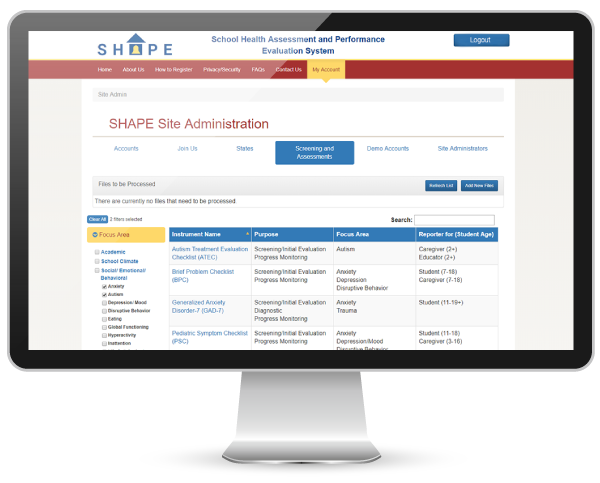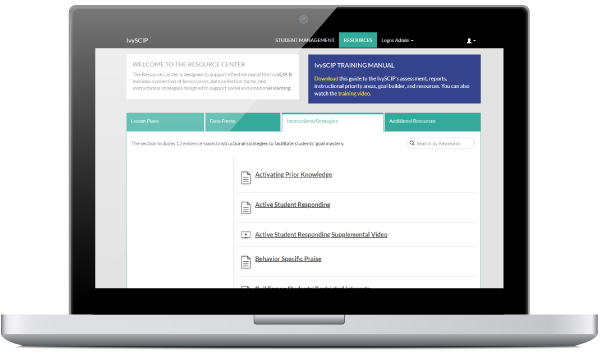RESOURCE CENTER
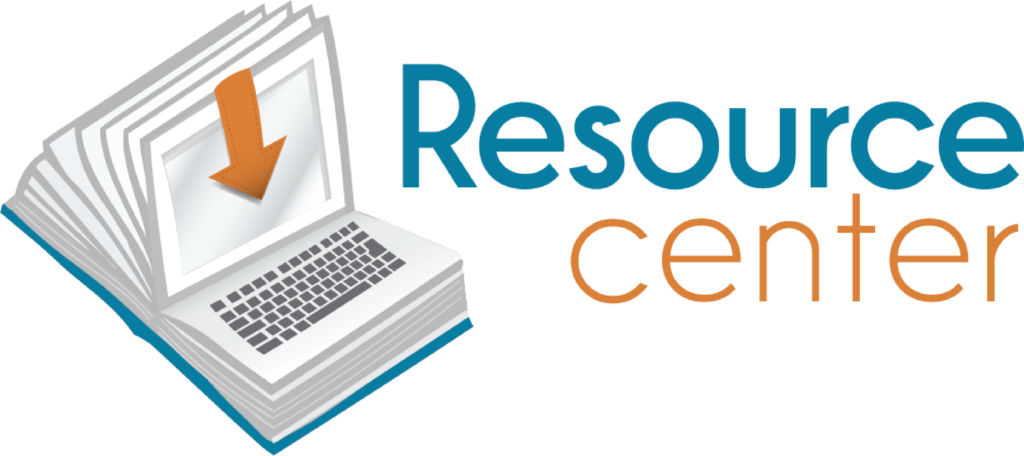
Ongoing access to training and implementation resources enhances program sustainability.
Support your intervention or organization with a customizable resource center. A resource center can be its own site, part of an existing site, or part of a new DeLP, IMPACT, or Quest project.

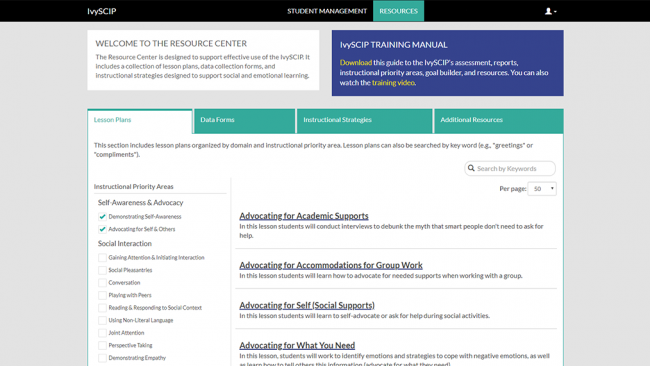
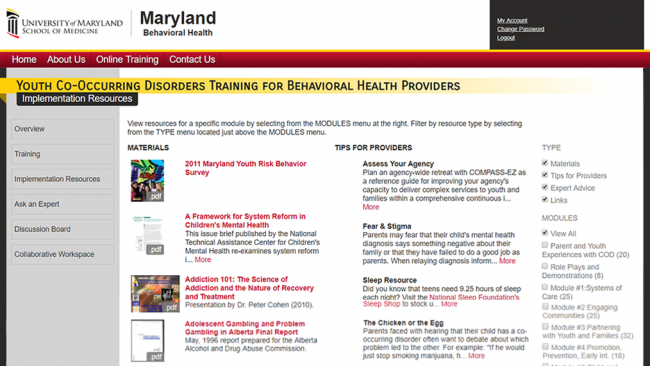
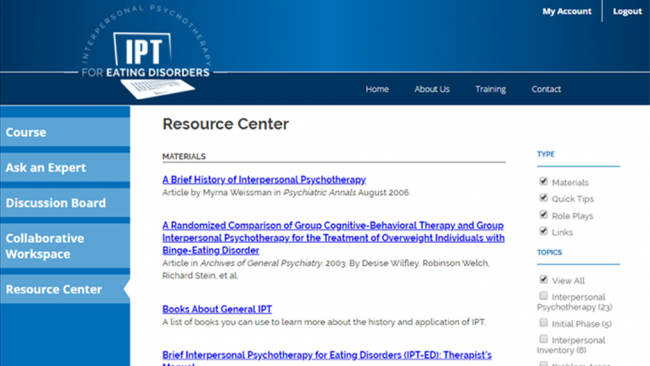
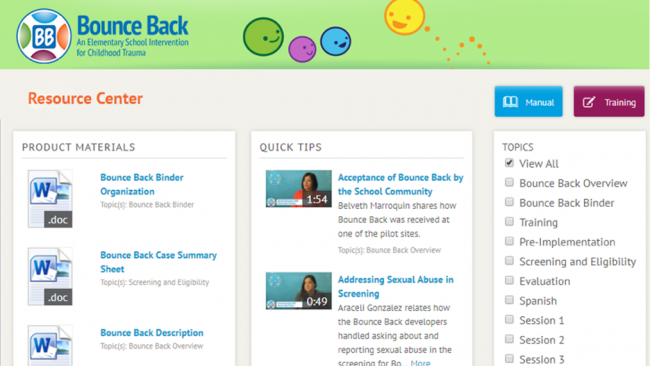
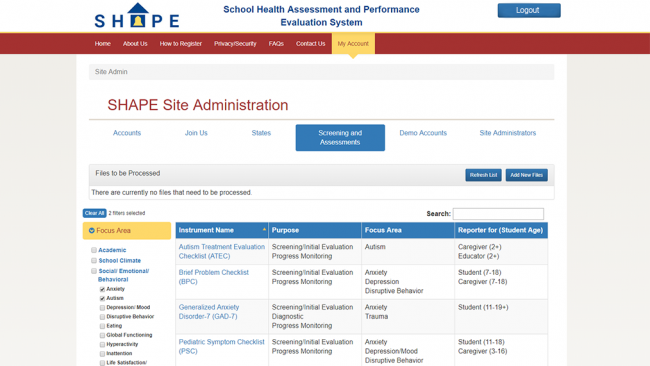
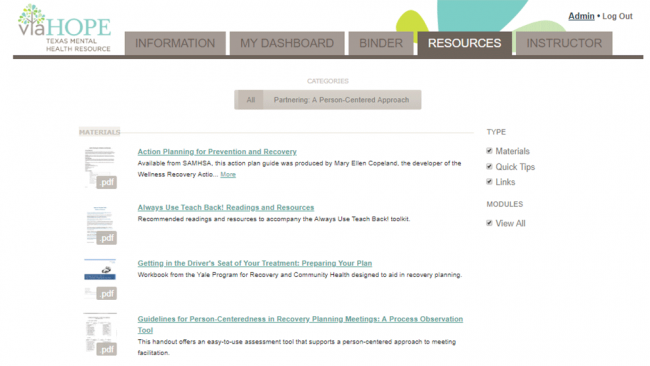
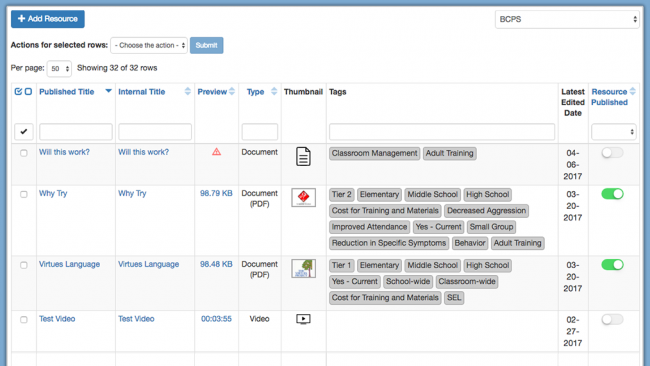
Manage your resources.
A 3C resource center provides:
A variety of resource types:
Upload documents (text, PDF, and presentation files) and audio and video files, and link to external sites, articles, or videos that reinforce your site content. Base package includes up to 100 resources.
Searchable and filterable database:
You can organize content at a higher level, such as audience or key areas, and then categorize and tag resources so users can easily find what best meets their interests and needs. A resource can be listed under multiple categories and tags, and users can search and filter resources.
Easy-to-use admin dashboard:
Once your resource center is established, you can easily add and update resources through the secure Resource Center dashboard.
Access to usage metrics:
View and export data on which users are accessing which resources.
Collaborative Setup
3C will work with you to organize your resources and define your categories and tags. We’ll train you on the easy-to-use Resource Center dashboard so you can add and update resources to grow your center to meet user needs.
View example projects.


